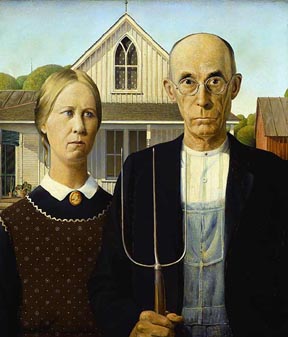First,
you will continue to practice giving and receiving positive critiques to
writing. Write good, specific
compliments on each of your classmate's Storybird stories AND on their published work from last
week.
Then, I would like you to read and react to one of the following
autobiographical short stories: "Hair" by Malcolm X OR "Eleven" by Sandra Cisneros. Your reaction should be
about a paragraph long and should briefly summarize the story as well as
discuss what you notice about Malcolm X’s or Cisneros’s writing style that you
liked and that could help you in your own writing.
Next, I want you to think of some ideas for your own autobiographical
short story. Think about your own experiences. "Write what you
know" is a famous piece of advice. Start out by writing a piece
called “I remember.” This piece is a
brainstorm, free flow of thoughts that can work as a prewriting strategy. If you handwrite, this should be 20 lines at
least. If you type, this should be 10
lines at least (12 point font). If you
get stuck, just write “I remember” and restart.
You may write about just one memory the whole time or a bunch of
different memories.
Next, think of at least FIVE ideas of stories that have happened to
you or someone that you know well that you can retell in a short story
(creative license is fine here to fill in some details).
So that you have some other options, write down THREE ideas in
which you can be a little more creative. That is, you don't have to write
about an actual instance in your life, but base it on what you know. Nathan Englander explains that sometimes, “'Write what you know’ isn’t about
events… It’s about emotions. Have you known love? jealousy? longing? loss? Did
you want that [video game system] so bad you might have killed for it? If so, it doesn't matter whether your story
takes place in Long Island or on Mars – if you’re writing what you know,
readers will feel it.”
So, to summarize: This week you will need to complete the following by Friday:
- SIX (6) specific compliments to your peers’ work: 2/student—Storybird and fable/fractured fairy tale/myth
- Bry's Storybird: http://storybird.com/books/cat-on-the-run-2/?token=7w5q3dwhnv
- Celenia's Storybird:
http://storybird.com/books/the-tale-of-cynthia-mercury/?token=pju4pw7fbx - Matt's Storybird:
http://storybird.com/books/the-witch-155/?token=62gdncm4g5 - Adara's: http://storybird.com/books/the-day-the-clouds-drifted-away/?token=236xtp4r93
- ONE (1) reaction to an autobiographical short, either: "Hair" by Malcolm X OR "Eleven" by Sandra Cisneros
- ONE (1) “I Remember” writing prompt
- FIVE (5) story ideas based on your life/experiences (a phrase or sentence describing the event is fine)
- THREE (3) creative (but realistic) story ideas (Ex. "A story of a girl named ____________, who lives in _____________ during _______________ and does ___________________/________________ happens to her.")





